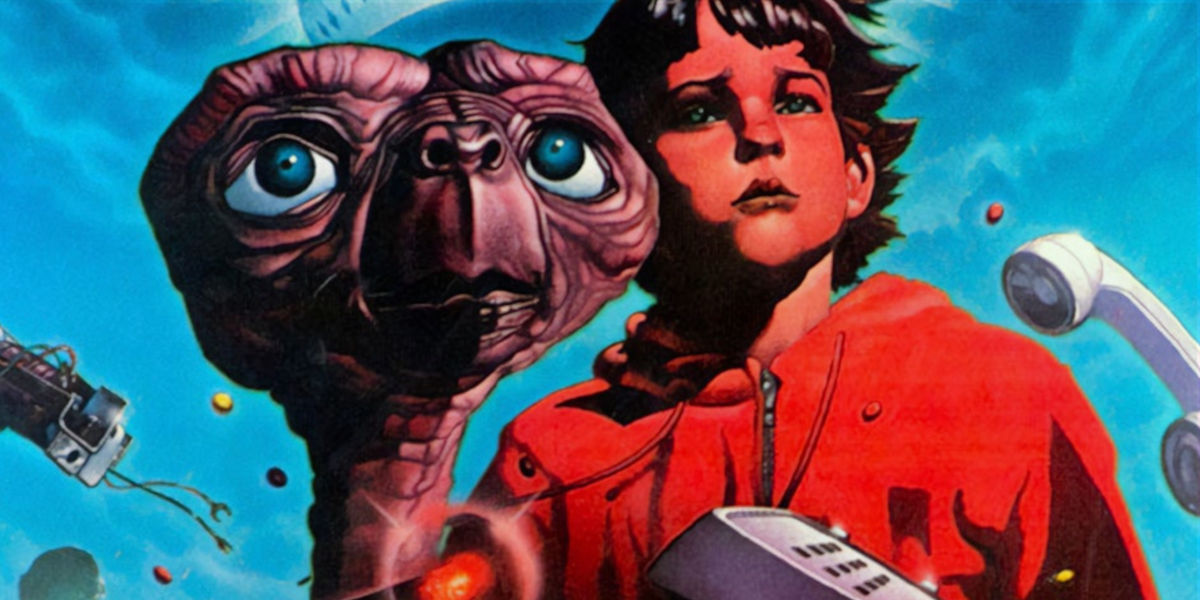In the pantheon of video games, few titles are as infamous as 'E.T. The Game.' Released in 1982 by the iconic studio, Atari, the game was destined for greatness, given its association with one of the most successful movies of all time - E.T. the Extra-Terrestrial. Yet, what ensued was a catastrophic failure that still manages to stir intriguing discussions in online gaming forums and amongst industry veterans today. This article aims to answer questions like "Why E.T. The Game is Bad?", "Is E.T. The Game Really the Worst Ever?", and shed light on "E.T. The Game's Failure."
Anticipation and Reality: The Boom Before the Bust
The highly regarded 'E.T. The Extra-Terrestrial' movie broke records and swept awards in 1982. Naturally, when Atari announced a game inspired by the movie, expectations hit the sky. As a medium still in its nascent stage, video gaming was ripe for such a high profile title. However, the reality was an antithesis of the anticipation.
In an attempt to cash in on the success of the movie, Atari rushed the production of the game, thereby leaving the development process severely compromised. Howard Scott Warshaw, the game's designer, was given an impractically brief six weeks to create it in time for the holiday season. This resulted in a game that was bereft of creativity, engagement, and functionality – key elements that are instrumental in a game’s success.
E.T. The Game's Failure: A Recipe for Disaster
Though many factors led to the failure of E.T. The Game, it was primarily the gameplay that dealt the fatal blow. The game was built around E.T.'s quest for phone parts to call home, with the player's aim being to avoid FBI agents and scientists while digging in pits for the parts. The premise itself sounds dull and unexciting, but the actual gameplay was even worse.
not only was the game profoundly frustrating, with E.T. constantly falling into pits, but it was also notorious for its opaque objectives and baffling gameplay mechanics. Players complained that they often had no idea what they were supposed to do, and so much of the game time was spent wandering aimlessly and falling into pits, reinforcing the question – "Is E.T. The Game Really the Worst Ever?"
In the early 1980s, Atari, Inc. was at the height of its power in the video gaming industry. However, with the sudden and disastrous release of E.T. The video Game, this once-mighty brand would forever tarnish its legacy. But what led to such a cataclysmic downfall?
Atari began its association with E.T. The Extraterrestrial after the film's groundbreaking success. Steven Spielberg's heartwarming alien movie caught the attention of everyone - kids, adults, film critics, and most importantly, corporate giants like Atari. They sensed a golden opportunity to cash in on the E.T. frenzy by developing a game that would ride on the coattails of the film’s reputation.
However, there were serious challenges. Modelled after a film, the game was given only a five-week development timeline to be out in time for the holiday season. Howard Scott Warshaw, the developer, accepted the challenge, believing his past successes would guide him. Yet, even he underestimated the herculean task he had undertaken.
The Tragic Release
E.T. The Game arrived in stores just in time for Christmas 1982. But the initial excitement soon turned to disappointment as players discovered a game that was confusing, frustrating, and lacking in entertainment. Players criticized the recurring gameplay of E.T. falling into pits and spending a disproportionate amount of time trying to float out. The mechanics were clunky, the graphics underwhelming, and the overall gameplay tedious and uninspired.
The Fallout
The game's downfall was swift and brutal. Despite initial high sales owing to the powerful brand name, returns soon started flooding in, and by some estimates, nearly 3.5 million copies were unsold or returned. The financial impact tanked Atari's earnings, leading to a company-wide layoff and ultimately contributing to the corporation’s demise. It was such a monumental flop that thousands of unsold cartridges were allegedly buried in a New Mexico landfill, a myth which later proved true.
Legacy and Infamy
Today, E.T. The Game stands as a stark reminder of the pitfalls of rushed production and poor game design. It is often cited as one of the worst games of all time and is said to have contributed to the video game industry crash of 1983. Notwithstanding its infamy, E.T. The Game has found a strange sort of fame as a cult classic, a testament to its pivotal and dramatic role in the history of video gaming.
The story of E.T. The Game is a potent reminder that quality cannot be compromised - even when banking on the appeal of a popular brand. It underlines the importance of customer satisfaction over mere brand association. It's an emblem of the video game industry's tumultuous early years and a cautionary tale that continues to resonate with designers, developers, and gamers alike.




